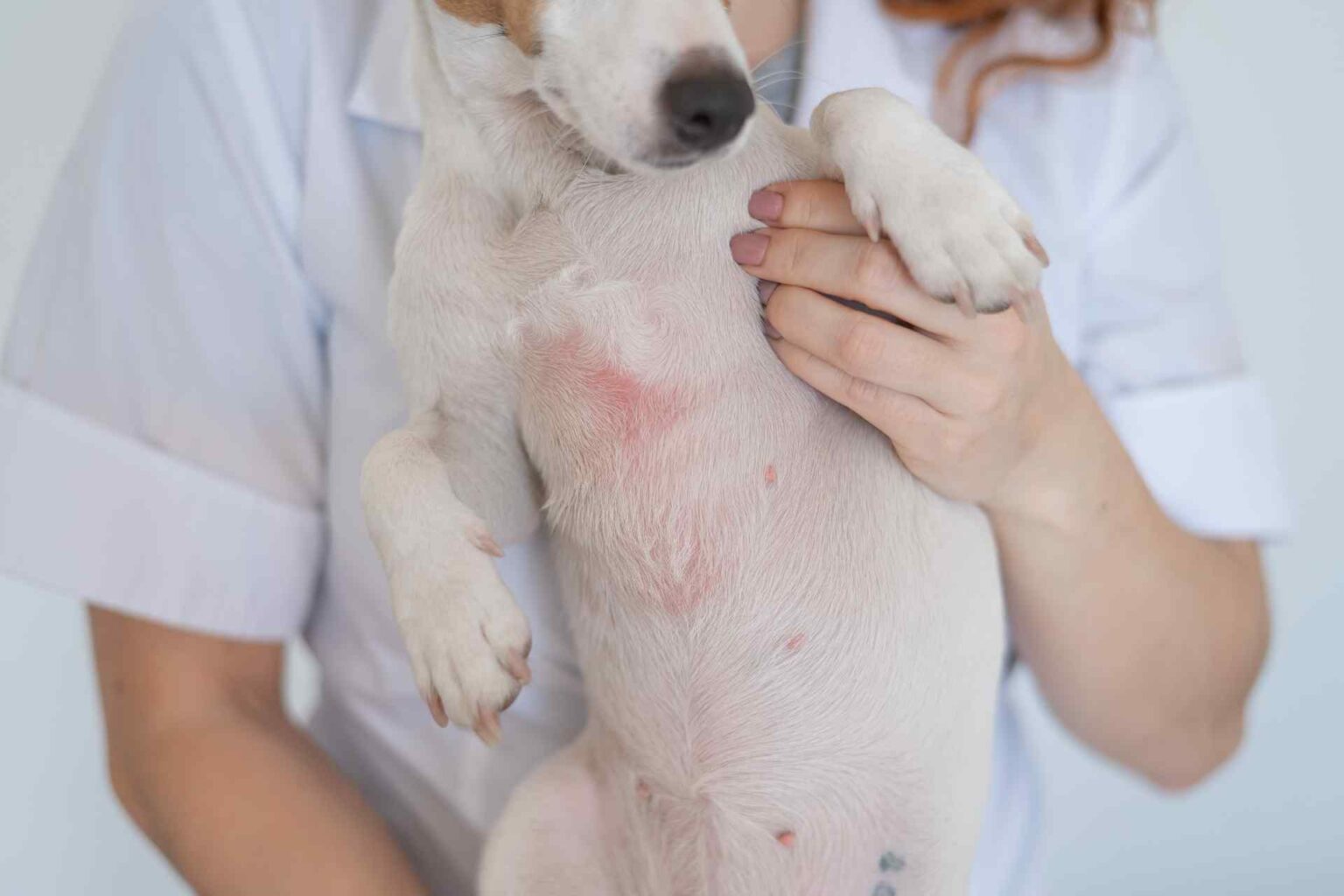In the veterinary field, too, the increasing insights into the pathophysiological significance of the microbial ecosystem that dwells in the gut increasingly call for qualitative-quantitative analysis of the gut microbiota, which is now possible thanks to modern assessment technologies.
Similarly, when chronic enteropathy in dogs is described, reference is often made to intestinal dysbiosis, that is, the altered physiological arrangement of the intestinal microbiota. This loss of balance of intestinal bacterial flora is usually characterized by a reduction in the number of species and loss of microbial diversity, often accompanied by an overgrowth of microorganisms belonging to one or a few species that take over.
As a direct consequence, the concentrations of a number of key substances produced by specific bacterial strains are also altered in this way, changing the functionality of the gut microbiota, triggering a vicious cycle that is self-feeding and moving this ecosystem further and further away from its physiological state of eubiosis.
In this context, it is now believed that-along with genetic predisposition and some environmental factors-variations in the microbiota set-up feed an aberrant immune response of the intestinal mucosa and are the concomitant cause of chronic enteropathy of inflammatory origin in dogs.
It is worth pointing out that these are rather common forms, characterized by the presence of gastroenteric symptoms lasting more than three weeks, in which infectious or parasitic causes have been ruled out.
This is to frame the concept of intestinal dysbiosis in its typical pathophysiological scenario, but once the arrangement of the dog’s fecal microbiota is analyzed, how do we determine whether we are in the presence of dysbiosis? To this end, a study conducted at Texas A&M University and published in FEMSMicrobiology Ecology, the official journal of the Federation of European Microbiology Societies, developed a specific algorithm.
The parameters underlying the algorithm
In essence, the Texas study started with the analysis, by quantitative PCR, of bacterial DNA present in fecal samples from 95 healthy dogs and 106 dogs with chronic enteropathy confirmed on histological examination.
After a series of tests, the qPCR panel that showed the most effective discriminating potential consisted of eight data points: total bacteria, Faecalibacterium, Turicibacter, Escherichia coli, Streptococcus, Blautia, Fusobacterium, and Clostridium hiranonis. On this basis, the argorithm was developed whereby if the dysbiosis index is negative, we speak of eubiosis, while if its value is positive we are in the presence of dysbiosis. For the threshold of 0, the sensitivity was 75%, with a specificity of 95% in differentiating healthy dog from dog with chronic enteropathy.
Practical uses of the dysbiosis index
As much as all the seven bacterial taxa underlying the dysbiosis index developed at Texas A&M University had been found to be altered in the dog with chronic enteropathy in several previous studies based on qPCR and genetic squencing, the profile that the algorithm helps to frame is inevitably rather biased: the deviation of the physiological set-up of the gut microbiota, in fact, could depend on quantitative changes in other bacteria that the index does not take into account; moreover, for its part, the microbiota represents only one of the concausal factors of a typically multifactorial pathology such as chronic enteropathy.
However, the dysbiosis index seems to be a sufficiently reliable yardstick, especially for comparing repeated measurements over time and checking the response to treatment.
Source
AlShawaqfeh MK, Wajid B, Minamoto Y, et al. A dysbiosis index to assess microbial changes in fecal samples of dogs with chronic inflammatory enteropathy. FEMS Microbiol Ecol. 2017;93(11):10.1093/femsec/fix136. doi:10.1093/femsec/fix136











